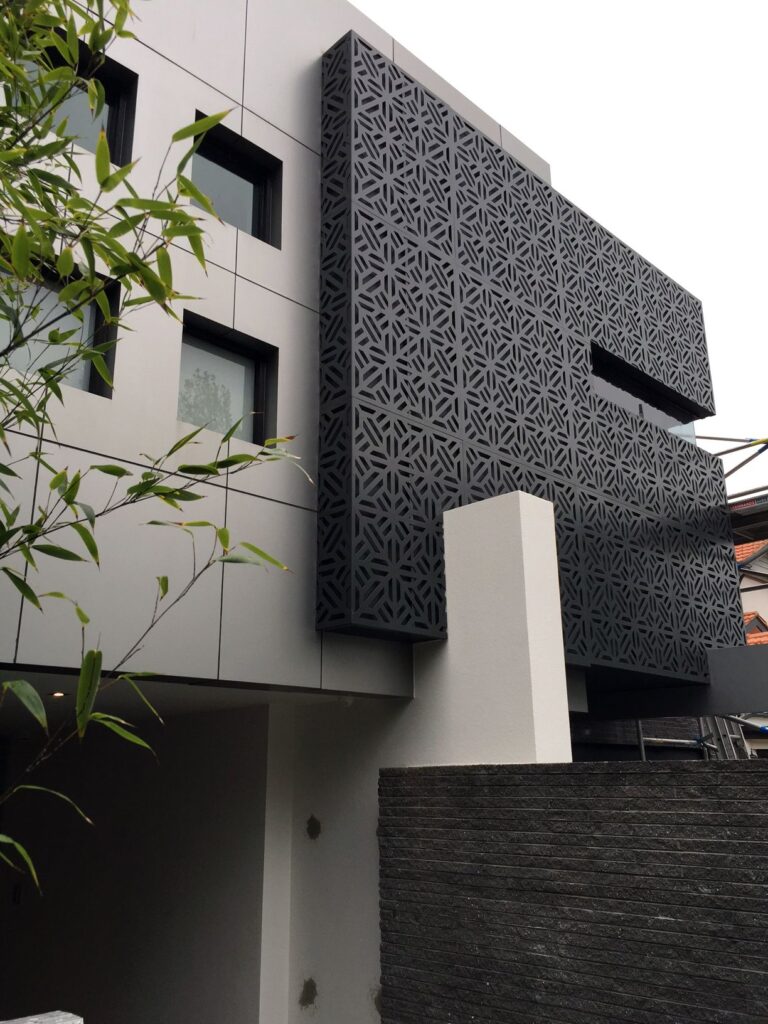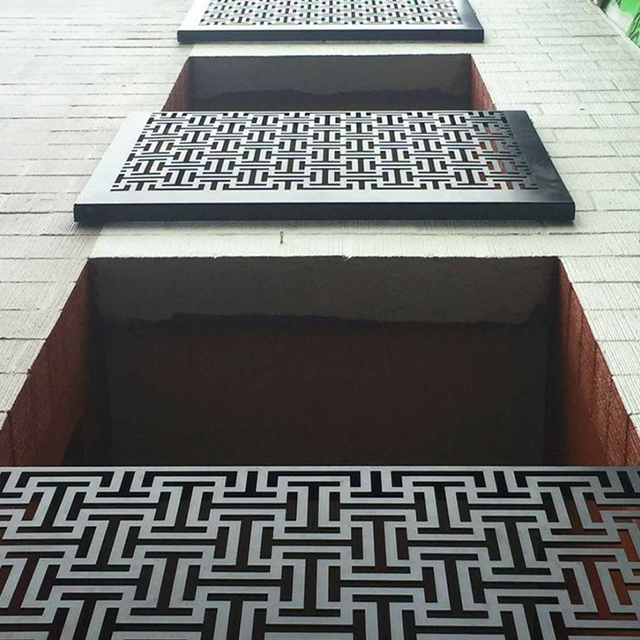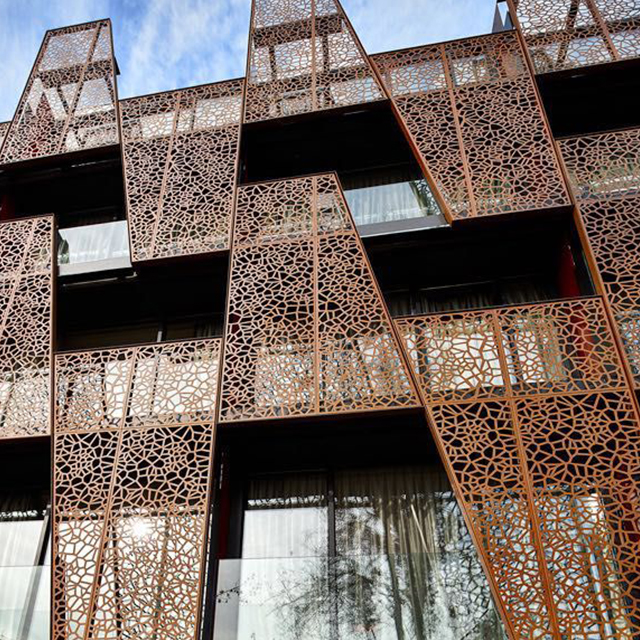When planning a construction project, understanding the aluminum curtain wall cost is essential for effective budgeting. Aluminum facade systems are renowned for their durability, aesthetic appeal, and energy efficiency, but their cost can vary widely depending on several factors. In this article, we will explore the key elements that influence aluminum curtain wall cost, provide a detailed cost breakdown, and share tips to help you achieve cost-effective curtain walls without compromising quality.

Key Factors Influencing Aluminum Curtain Wall Cost
The cost of aluminum curtain walls is influenced by a variety of factors, including materials, design complexity, installation requirements, and project scale. Here’s a closer look at each of these elements:
1. Material Quality and Type
The type and quality of aluminum used in curtain walls play a significant role in determining the overall cost. High-grade aluminum with advanced coatings or finishes, such as anodized or powder-coated options, will be more expensive but offer better durability and aesthetics. Additionally, the inclusion of energy-efficient materials, such as thermal breaks or insulated glass units, can increase costs but provide long-term savings.
2. Design Complexity
Custom designs and complex geometries often require specialized engineering and fabrication, which can drive up the aluminum curtain wall cost. Simple, standardized designs are more cost-effective, while intricate patterns, curved surfaces, or unique finishes will add to the expense.
3. Installation Requirements
The complexity of the installation process also impacts the cost. Factors such as building height, accessibility, and the need for specialized equipment or skilled labor can significantly increase expenses. High-rise buildings, for example, often require cranes and additional safety measures, adding to the overall budget.
4. Project Scale
Larger projects typically benefit from economies of scale, reducing the per-unit cost of materials and installation. However, smaller projects may face higher relative costs due to minimum order quantities and setup fees.
5. Energy Efficiency Features
Incorporating energy-efficient features, such as double-glazed glass or thermal breaks, can increase the upfront aluminum curtain wall cost but result in long-term savings through reduced energy consumption.
Average Aluminum Curtain Wall Cost Breakdown
To give you a better understanding of the costs involved, here’s a general breakdown of aluminum curtain wall expenses:
- Materials: 30–30–50 per square foot
This includes the cost of aluminum frames, glass panels, and additional components like gaskets and sealants. - Design and Engineering: 5–5–15 per square foot
Custom designs and structural calculations can add to the cost, especially for complex projects. - Installation: 10–10–20 per square foot
Labor costs vary depending on the project’s complexity and location. High-rise installations typically cost more due to additional safety and equipment requirements. - Maintenance: 1–1–3 per square foot annually
While aluminum curtain walls are low-maintenance, periodic cleaning and inspections are necessary to ensure longevity.
Tips to Reduce Aluminum Curtain Wall Cost
- Opt for Standardized Designs: Choosing pre-engineered or standardized designs can significantly reduce engineering and fabrication costs.
- Use Budget-Friendly Materials: While high-quality materials are important, consider balancing performance and cost by selecting mid-range options that meet your project’s requirements.
- Plan for Energy Efficiency: Investing in energy-efficient features may increase upfront costs but can lead to substantial savings over time.
- Compare Contractors: Obtain multiple quotes from experienced contractors to ensure competitive pricing and quality workmanship.
- Consider Long-Term Savings: While minimizing upfront costs is important, prioritize durability and performance to avoid costly repairs or replacements in the future.
Applications of Aluminum Curtain Walls
Aluminum curtain walls are widely used in various types of buildings, including:
- High-Rise Buildings: Their lightweight nature and durability make them ideal for skyscrapers.
- Commercial Complexes: Aluminum facade systems provide a modern, professional appearance for office buildings and shopping malls.
- Public Infrastructure: Airports, train stations, and cultural centers often use aluminum curtain walls for their aesthetic and functional benefits.
Conclusion
Understanding the factors that influence aluminum curtain wall cost is essential for effective project planning and budgeting. By considering material quality, design complexity, installation expenses, and energy efficiency, you can make informed decisions that balance cost and performance.
For high-quality aluminum curtain wall solutions at competitive prices, visit Likton Metal. Our expertise in modern architectural designs and sustainable construction materials ensures that your project meets both aesthetic and functional goals while staying within budget.
External Resources
- Curtain Wall Systems – Wikipedia
- Aluminum in Construction – Aluminum Association
- Energy-Efficient Building Design – U.S. Department of Energy
By leveraging the benefits of aluminum curtain walls and implementing cost-saving strategies, you can achieve a balance between affordability and quality. Visit Likton Metal to explore our range of products and services tailored to your construction needs.

